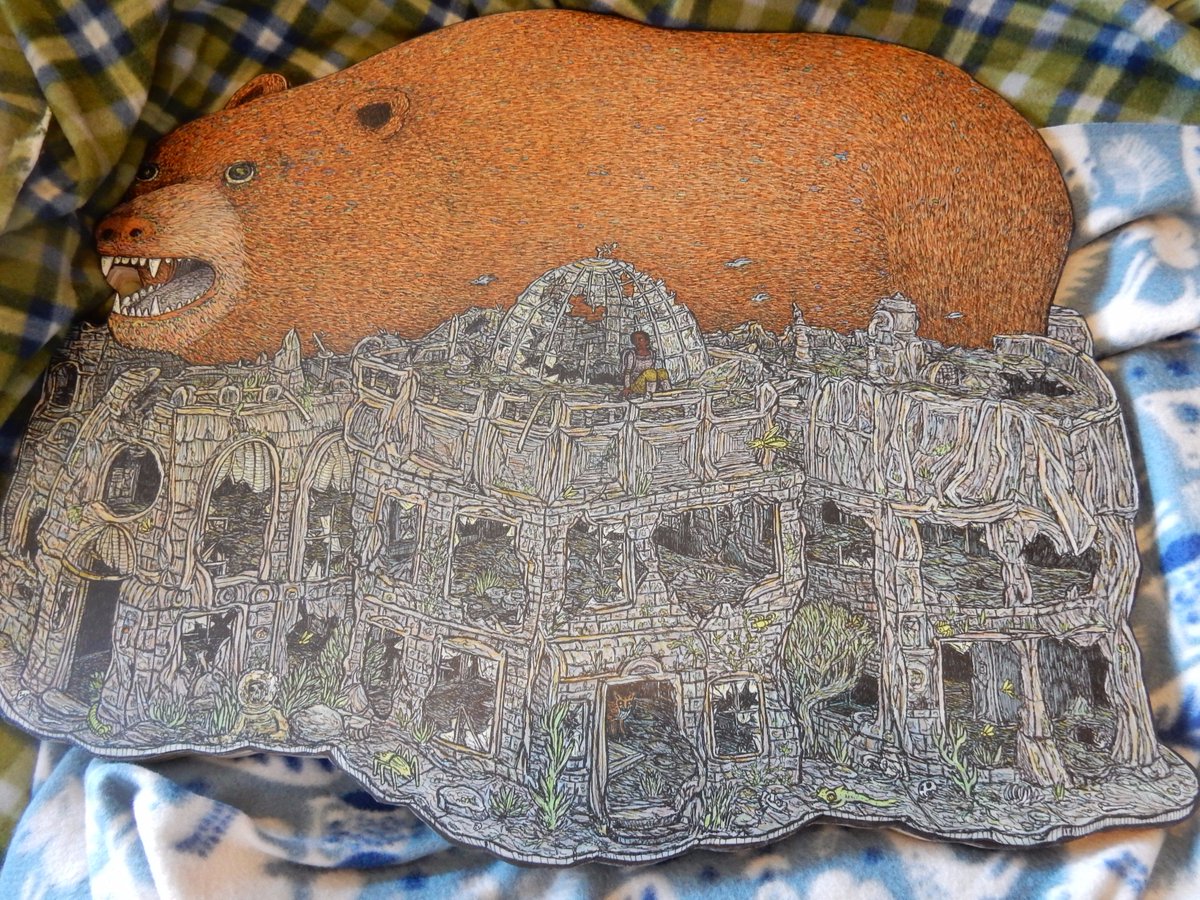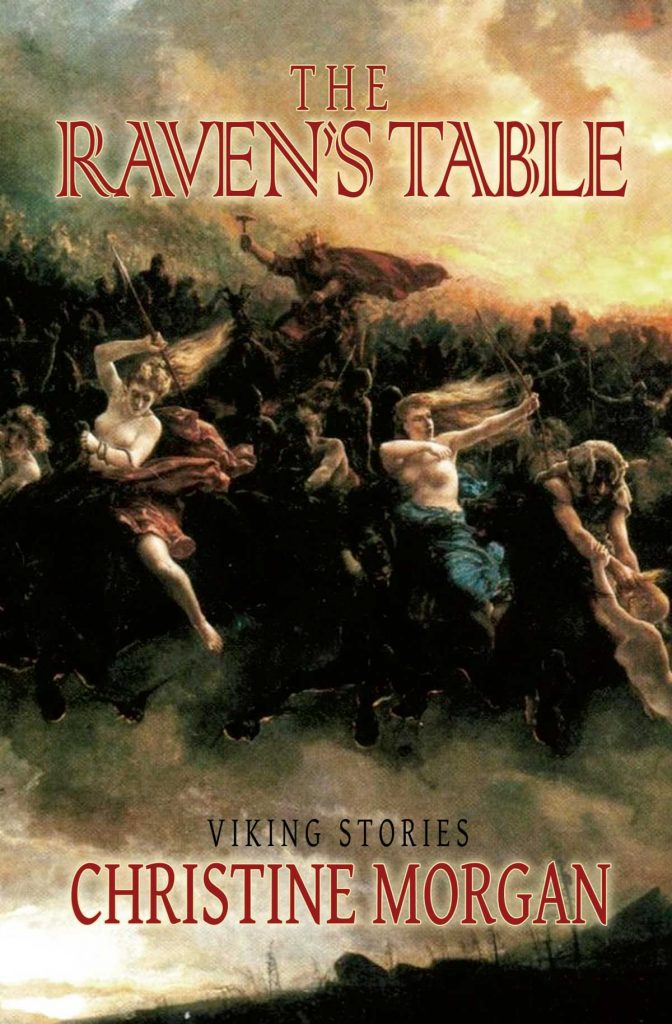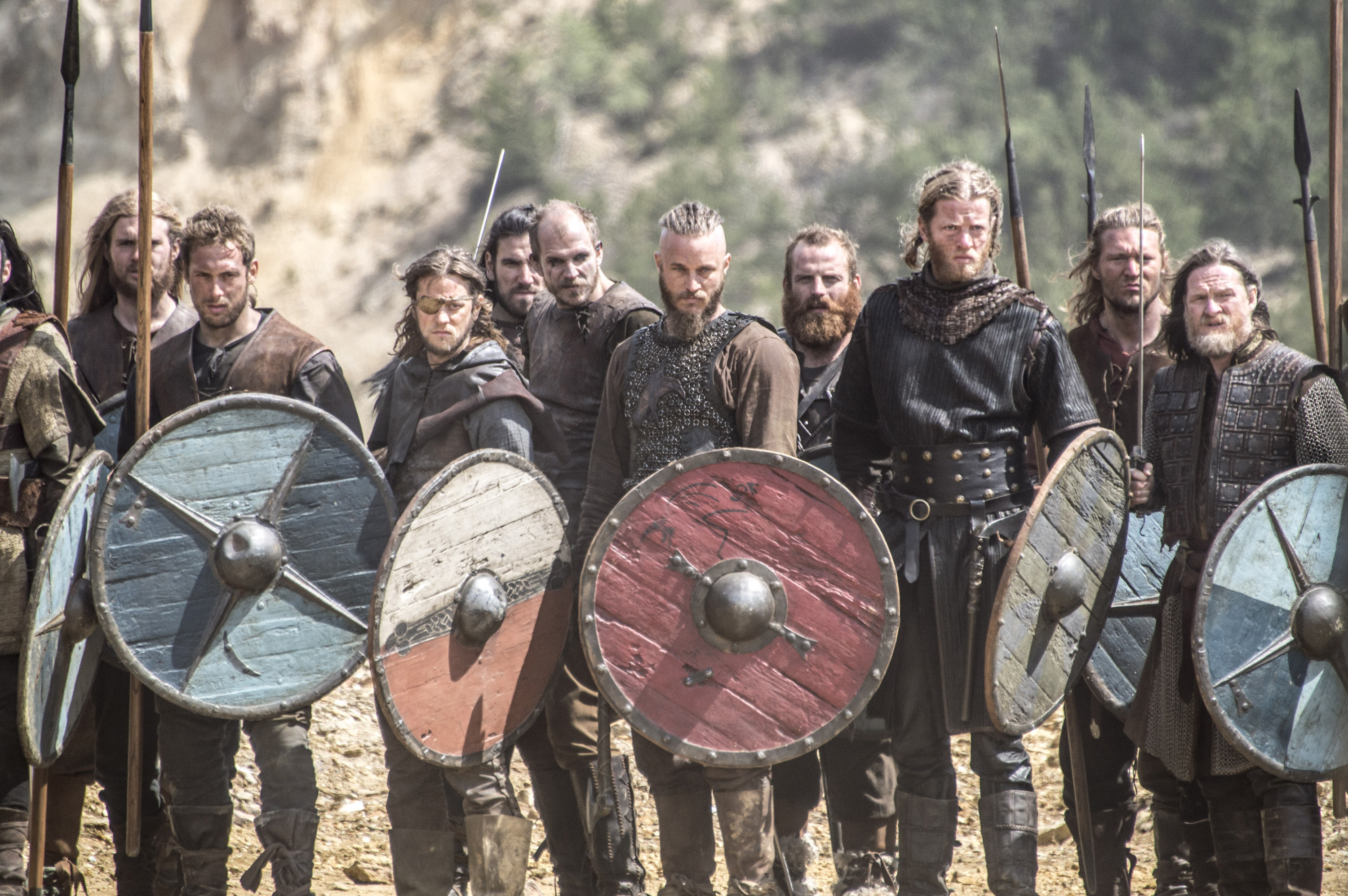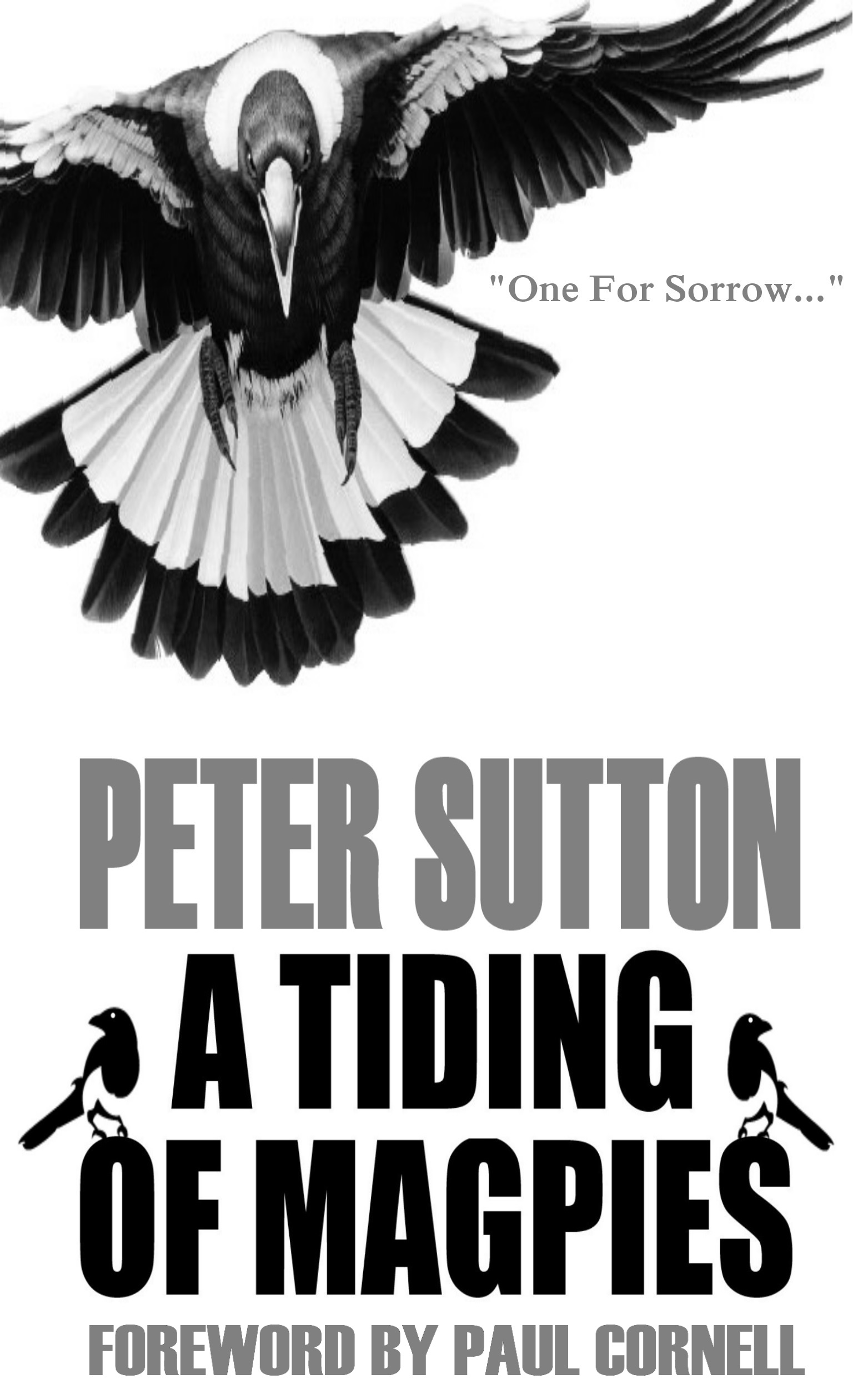I like novellas. There’s something about their in-between state which really speaks to me, and makes me feel as though I can forge a more intimate connection with them than other genres and formats on either side of the word-count spectrum.
‘Full’ novels demand a commitment and immersion by proxy. They are to be consumed across various intervals, and the stops and starts make them more of an organising principle than something to be savoured — just like the prestige (or not-so-prestige) TV series a lot of them are ending up as these days, they need to be scheduled into your day until you finally complete them, before moving on to the next one.
And while the membrane separating short stories and novellas can be quite thin at times — a couple of thousand odd words here and there can land the tale in either one category or the other — there’s still something different in the experience of either.
Short fiction has the punch of the impressionistic moment in its favour — the sketch, the instant of revelation (or put another way, epiphany — as exemplified so often in that landmark short story collection, James Joyce’s Dubliners).
The novella, on the other hand, allows for the core ideas to unspool just enough to give them breathing room — at its best, it can be the perfect, attention-grabbing marriage between ‘thought experiment and narrative.
 I thought a lot about this particular facility of the novella as I dug into The Memoirist by Neil Williamson (NewCon Press, 2017). Set in a world where surveillance is paramount, the story focuses on Rhian Fitzgerald, a wordsmith for hire currently charged with ghost-writing the biography of Eloide Eagles, former lead singer of the subversive punk band The HitMEBritneys.
I thought a lot about this particular facility of the novella as I dug into The Memoirist by Neil Williamson (NewCon Press, 2017). Set in a world where surveillance is paramount, the story focuses on Rhian Fitzgerald, a wordsmith for hire currently charged with ghost-writing the biography of Eloide Eagles, former lead singer of the subversive punk band The HitMEBritneys.
I was familiar with the Scottish writer’s short fiction prior to diving into The Memoirist, his first novella, and I found the same penchant for quirky ideas and sensitive portrayals of human beings — specifically, how they deal with situations that might feel off-kilter.
The Memoirist is also a masterwork in building up a near-future science fictional world without any recourse to crude info-dumping, all the while keeping the narrative threads working towards a fine, crystalline target.
This is also very much evident in his short fiction, and his amusing, politically sensitive story ‘Fish on Friday’, from the collection Secret Language, is one of my favourite examples of this… and a close thematic fit to The Memoirist, which offers a similarly low-key take on what would otherwise be considered technological dystopias.
While her subject — an aging punk rocker famous for her anti-surveillance stance — would slot in comfortably as the protagonist in more cookie-cutter cyber-noir stories, here Williamson has the far more laissez-faire Rhian experience that journey.
After watching a historical live performance by Eagles — in which she angrily denounces the new surveillance status quo — Rhian confesses to finding it “difficult to sympathise with her anger”.
“No one had ever been going to strip the public completely of their privacy. If anything, now, your private things were more private. There were clear lines. As long as you observed them, you were fine. So what if we all had to be on all the time these days? To pay more attention to our appearance and watch our P’s and Q’s a bit more, under the gaze of family, friends, schools, bosses, colleagues, clients […] It was all about being a better public person. A small price to pay for a safer world.”
Such a cloyingly ‘neutral’ position is a perfect vantage point through which we can be introduced to this not-so-brave, not-so-new world, and Williamson deftly calibrates both the necessary exposition and our sympathies for the protagonist.
This is a character-driven slice of cyberpunk, with a clear idea at its centre and a satisfying structure that perfectly fits the novella format.
The Memoirist takes advantage of the narrative economy offered up by the novella, operating on satisfying narrative beats that hearken back to the noir genre that’s always lying nested in any cyberpunk work worth its salt. But while the slim, ‘movie-length’ page count can give us a certain satisfaction as the mystery unfolds, the ability to depart from narrative convention without taxing the readers’ attention all that much is another advantage of the novella, I find.
 I certainly found this to be the case with Immanuel Mifsud’s Fl-Isem Tal-Missier (u Tal-Iben) (‘In the Name of the Father (and Of the Son’)). Nestled as it is somewhere between novella and memoir — with frequent and appropriately-footnoted recourse to literary theorists like Helene Cixous — Mifsud’s landmark work of contemporary Maltese literature, now translated into several languages, packs both an emotional and intellectual punch.
I certainly found this to be the case with Immanuel Mifsud’s Fl-Isem Tal-Missier (u Tal-Iben) (‘In the Name of the Father (and Of the Son’)). Nestled as it is somewhere between novella and memoir — with frequent and appropriately-footnoted recourse to literary theorists like Helene Cixous — Mifsud’s landmark work of contemporary Maltese literature, now translated into several languages, packs both an emotional and intellectual punch.
“On the 21st Dec 1939 I joined the British army and was enlisted in the 2nd Battalion. The King’s Own Malta Regiment, this regiment was stationed at St. Andrews barracks and we were instructed by the NCOs of different units. The first day that I spent at the barracks I was very happy, my comrades used to teach me how I must fowled the blankits and how to mount the equipment and how to clean the Rifle.”
So Mifsud introduces us to the voice of his late father, soon after his death, and just as Mifsud has become a father himself. He plucks the entry verbatim from an old diary, and prompted by that same fount, Mifsud applies an impressive intellectual rigour to what is, clearly, also a richly emotional landscape.
Scholar, poet, prose writer… the amorphous format of the novella allows Mifsud to tap into all of his varied talents. Some of the passages in the book build precisely with the musical crescendo of a poem, but then Mifsud also dips into a rich found of contemporary philosophy and psychoanalytic theory to explore the implications of his father’s legacy on his own psyche.
It’s a profound and utterly honest work that bears revisiting, and fortunately, the novella format makes repeat readings an all the more palatable experience.
 But the final novella I’m going to look into is so ringed with bleakness that repeat readings may not exactly be the thing you end up craving as you put it down… however, that’s not to say that Jonathan Ames’ You Were Never Really Here doesn’t encourage you to keep those pages turning… thus ensuring that you’ll likely have it done and dusted in roughly the same amount of time it’ll take you to finish its superlative film adaptation by Lynne Ramsay.
But the final novella I’m going to look into is so ringed with bleakness that repeat readings may not exactly be the thing you end up craving as you put it down… however, that’s not to say that Jonathan Ames’ You Were Never Really Here doesn’t encourage you to keep those pages turning… thus ensuring that you’ll likely have it done and dusted in roughly the same amount of time it’ll take you to finish its superlative film adaptation by Lynne Ramsay.
Mining a furrow of contemporary noir so dark you’d be forgiven in assuming that Ames was really just arranging the genre’s grisly puzzle pieces to get a rise from the readership (a pinprick-accuracy that is reflected in the book’s sparse style), the book finds former FBI agent and Marine, Joe, take on a case that leads him into a spiraling underworld of corruption and sexual depravity.
Though Ames certainly does get mileage out of Joe’s effectiveness at meting out calculated violence, this isn’t a book that’s dripping in machismo — which, again, gave Ramsay an excellent entry point from which to construct a tonally rich though no less harrowing thriller — but rather, in a legacy of fatherhood that’s far more toxic than anything we see explored in Mifsud’s volume.
Left to care for his sickly mother, Joe is in turn hollowed out by years of abuse at the hands of his father. His attempts to find redemption leave him stuck on a loop; he rescues girls from sex trafficking rings, but this rarely salves any of the pain left by his father — pain inflicted even by implements such as hammers. And in what becomes a clear-as-crystal illustration of the cyclical nature of abuse, hammers end up being Joe’s favourite tool of the trade because, “He was his father’s son after all.”
“Also, a hammer left very little evidence, was excellent in close quarters, and seemed to frighten everyone. It held some universal place of terror in the human mind. The unexpected sight of it raised in Joe’s hand would always momentarily paralyze his enemies, and those few seconds of paralysis were usually all he needed.”
Made up of perfectly pruned sentences that move the narrative along as if it were a film just unfolding in front of you, the adaptation feels like something of a foregone conclusion. But leaving that aside for a minute, Ames’ slim-and-grim story made me crave for more of this stuff. Because dark as it is, being able to slip into such a world in the full knowledge that the story will never drag, that its moments of violence and revelation will soon peak to a crescendo without the risk of getting lost along the way… these are the things that make me thankful for novellas.
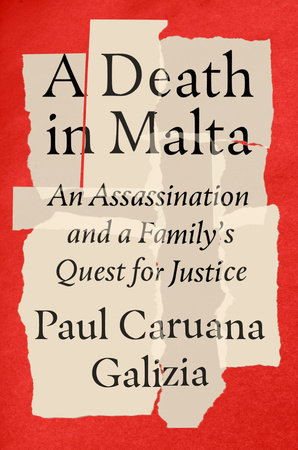








 I thought a lot about this particular facility of the novella as I dug into
I thought a lot about this particular facility of the novella as I dug into  I certainly found this to be the case with Immanuel Mifsud’s Fl-Isem Tal-Missier (u Tal-Iben) (‘In the Name of the Father (and Of the Son’)). Nestled as it is somewhere between novella and memoir — with frequent and appropriately-footnoted recourse to literary theorists like Helene Cixous — Mifsud’s landmark work of contemporary Maltese literature, now translated into several languages, packs both an emotional and intellectual punch.
I certainly found this to be the case with Immanuel Mifsud’s Fl-Isem Tal-Missier (u Tal-Iben) (‘In the Name of the Father (and Of the Son’)). Nestled as it is somewhere between novella and memoir — with frequent and appropriately-footnoted recourse to literary theorists like Helene Cixous — Mifsud’s landmark work of contemporary Maltese literature, now translated into several languages, packs both an emotional and intellectual punch. But the final novella I’m going to look into is so ringed with bleakness that repeat readings may not exactly be the thing you end up craving as you put it down… however, that’s not to say that Jonathan Ames’ You Were Never Really Here doesn’t encourage you to keep those pages turning… thus ensuring that you’ll likely have it done and dusted in roughly the same amount of time it’ll take you to finish its superlative film adaptation by Lynne Ramsay.
But the final novella I’m going to look into is so ringed with bleakness that repeat readings may not exactly be the thing you end up craving as you put it down… however, that’s not to say that Jonathan Ames’ You Were Never Really Here doesn’t encourage you to keep those pages turning… thus ensuring that you’ll likely have it done and dusted in roughly the same amount of time it’ll take you to finish its superlative film adaptation by Lynne Ramsay. Creatures of Will and Temper by Molly Tanzer (novel)
Creatures of Will and Temper by Molly Tanzer (novel) The Man Who Laughs by David Hine & Mark Stafford (graphic novel)
The Man Who Laughs by David Hine & Mark Stafford (graphic novel)
 Winnebago Graveyard by Steve Niles and Alison Sampson (comics)
Winnebago Graveyard by Steve Niles and Alison Sampson (comics) Thor: The God Of Thunder (Vols. 1 & 2) by Jason Aaron & Esad Ribic (comics)
Thor: The God Of Thunder (Vols. 1 & 2) by Jason Aaron & Esad Ribic (comics)












